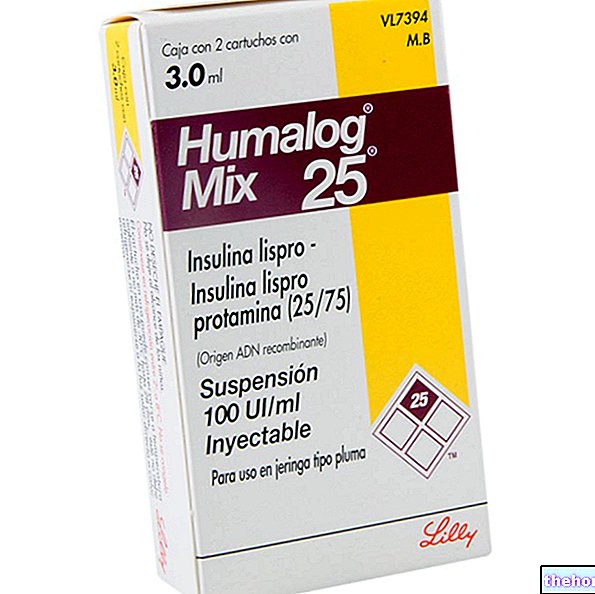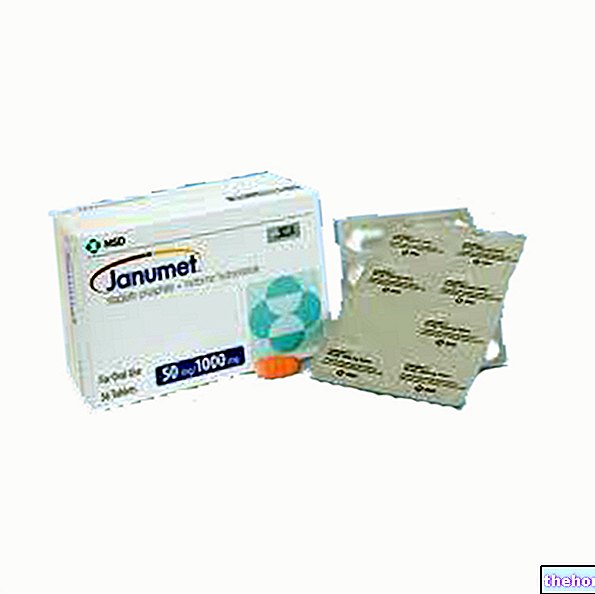
What is Regranex?
Regranex is a drug that contains the active substance becaplermin.
What is Regranex used for?
Regranex is used in conjunction with other good wound care practices to promote the granulation (healing of skin tissues) of long-lasting skin ulcers in patients with diabetes. Regranex is used in neuropathic ulcers less than or equal to 5 cm2 in size. Neuropathic ulcers are caused by nerve problems and not by a problem with the blood supply to the affected area.
The medicine can only be obtained with a prescription.
How is Regranex used?
Treatment with Regranex should be supervised by a doctor who has experience in the treatment of diabetic wounds.
The ulcer should be cleaned with water or saline before each application of Regranex. A layer of gel should then be applied to all ulcerated areas, once a day, using a clean application medium, for example, a cotton swab. Thereafter, the sites should be covered with a gauze moistened with physiological solution.The dressing should not be airtight or watertight.
Regranex should not be used for longer than 20 weeks and should always be associated with good ulcer care, consisting of keeping the wound clean and avoiding applying pressure during healing. A tube of Regranex should only be used for one Regranex should be used with caution to ensure that the gel is not contaminated with bacteria, see package leaflet for further details.
The safety and efficacy of Regranex in patients under the age of 18 have not been demonstrated.
How does Regranex work?
The active substance in Regranex, becaplermin, is a copy of a human protein called platelet-derived growth factor BB. Growth factors are proteins that stimulate cell multiplication. Human platelet-derived growth factors act on cells involved in wound repair. Becaplermin is produced by a method known as 'recombinant DNA technology': it is made by a yeast that has received a gene (DNA) which enables it to produce human platelet-derived growth factor BB. Becaplermin works in the same way as naturally produced growth factor by stimulating cell growth and promoting the growth of normal tissue for healing.
How has Regranex been studied?
Regranex was studied in one main study and in three complementary studies involving adult diabetics who had developed at least one "diabetic ulcer for at least eight weeks. In total, the studies looked at 922 ulcers. Regranex was compared with placebo (a dummy treatment) and with no treatment, but all patients received standard wound care. The main measure of effectiveness was the number of fully healed ulcers after 20 weeks.
What benefit has Regranex shown during the studies?
When the results of the four studies were looked at together, Regranex had healed about 10% more ulcers than the gel as a placebo.
Regranex healed 47% of ulcers with a surface area of less than 5 cm2, compared with 35% of ulcers treated with the gel as placebo and 30% of those undergoing standard wound care only.
What is the risk associated with Regranex?
The most common side effects of Regranex (seen in more than one in 10 patients) are infection, cellulitis (inflammation of the subcutaneous tissues) and skin ulceration. For the full list of side effects reported with Regranex, see the package leaflet.
Regranex must not be used in people who may be hypersensitive (allergic) to becaplermin or any of the other substances. It should not be applied to or near skin cancers or infected ulcers.
Why has Regranex been approved?
The Committee for Medicinal Products for Human Use (CHMP) decided that Regranex's benefits are greater than its risks in combination with other good wound care practices in promoting granulation and consequently healing chronic diabetic full thickness ulcers. and neuropathic in nature and smaller than or equal to 5 cm2. The committee recommended the granting of a marketing authorization for Regranex.
More information about Regranex
On 29 March 1999 the European Commission granted Janssen-Cilag International NV a "Marketing Authorization" for Regranex, valid throughout the European Union. The "Marketing Authorization" was renewed on 29 March 2004 and on March 29, 2009.
For the full version of the Regranex EPAR click here.
Last update of this summary: 03-2009.
The information on Regranex - becaplermina published on this page may be out of date or incomplete. For a correct use of this information, see the Disclaimer and useful information page.




























